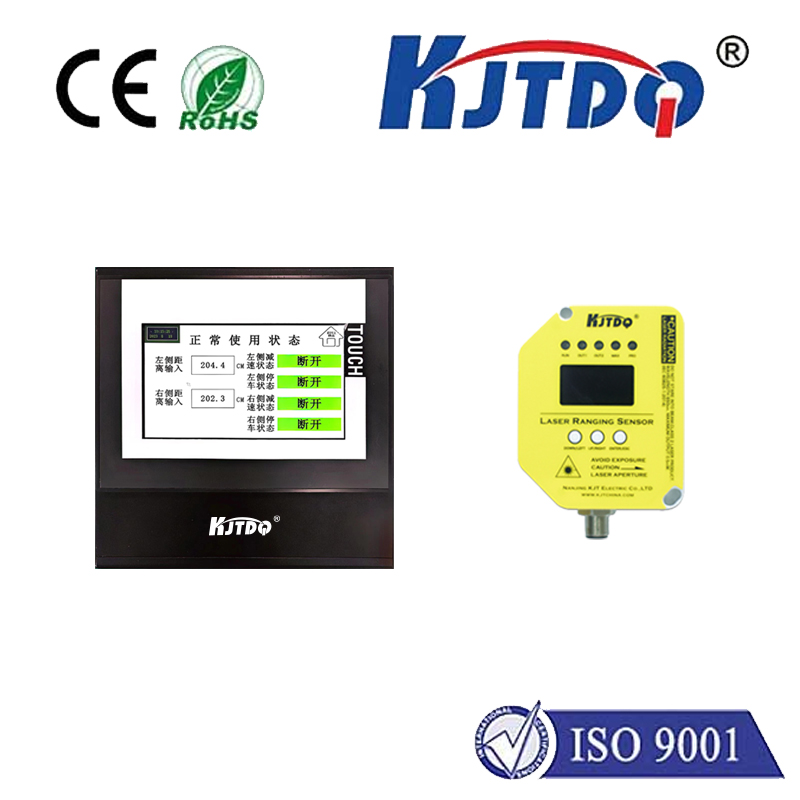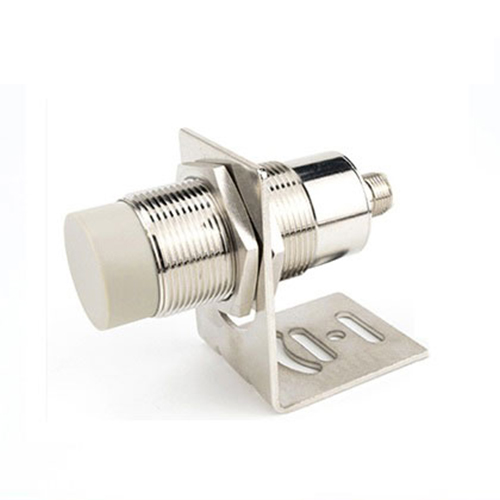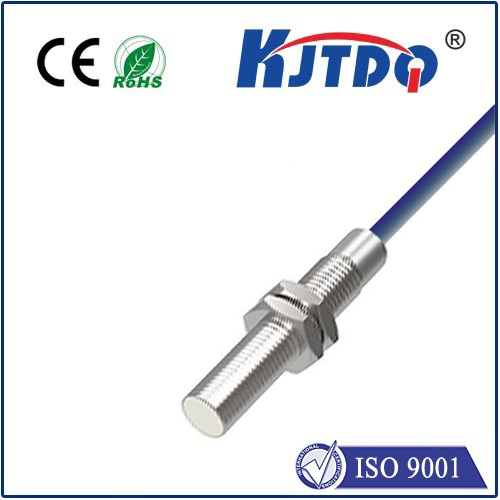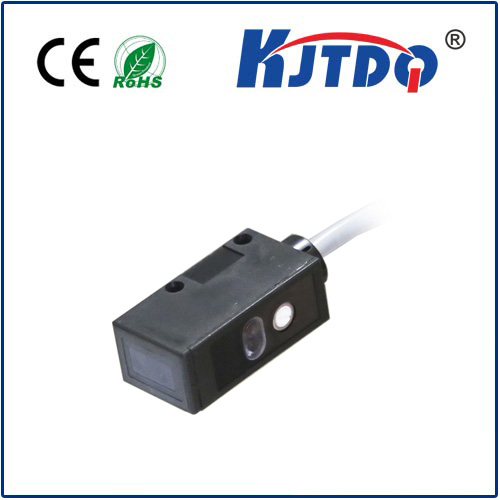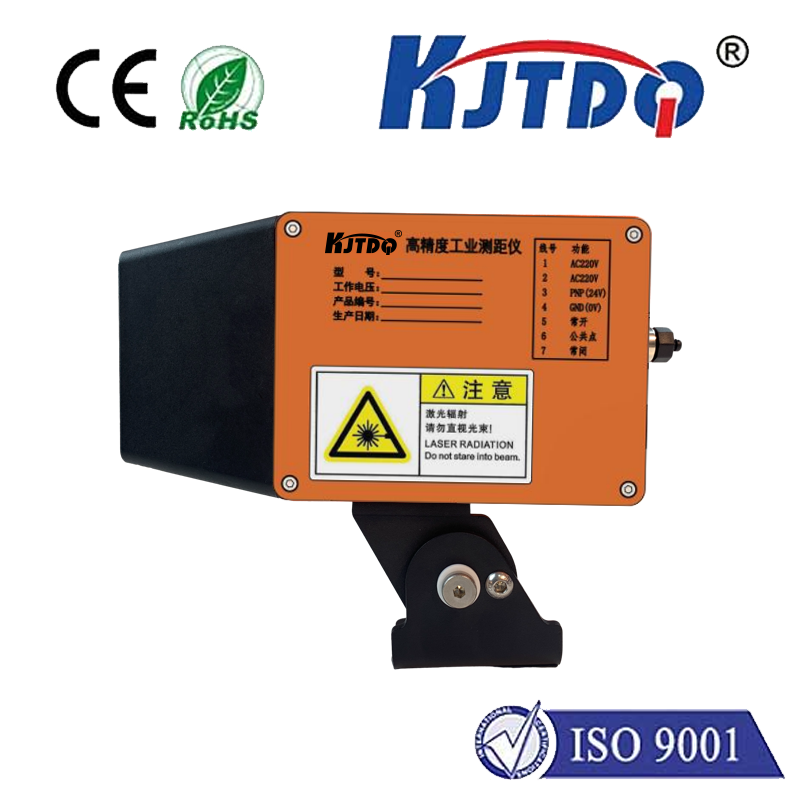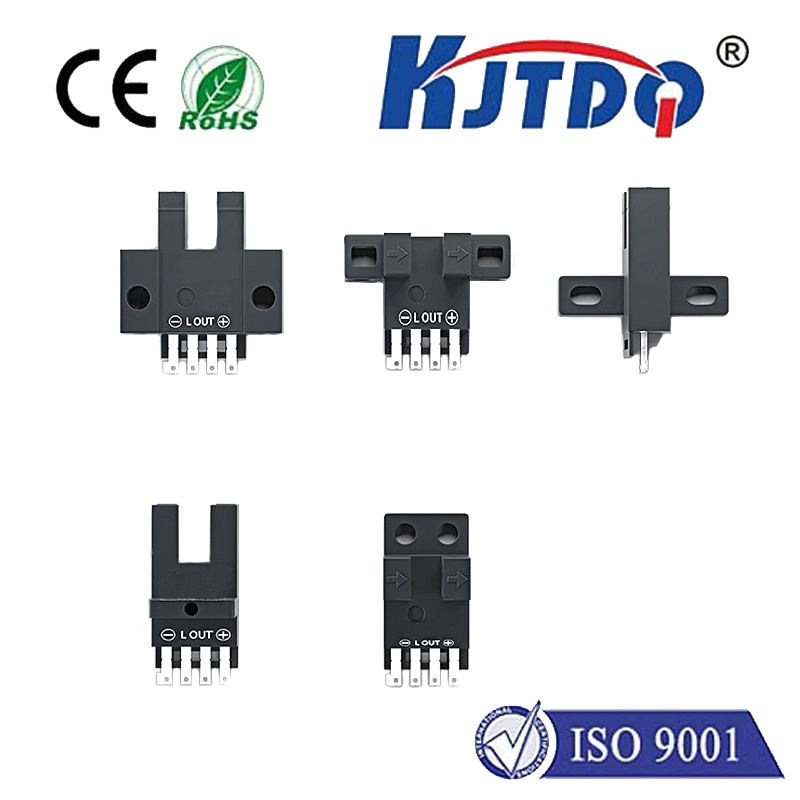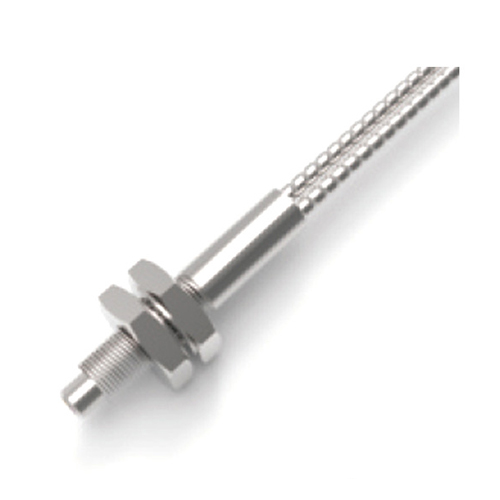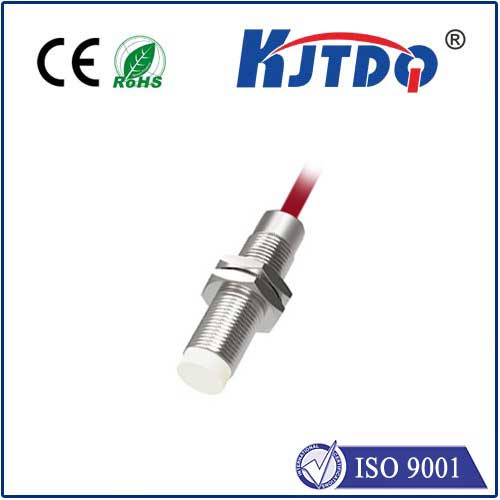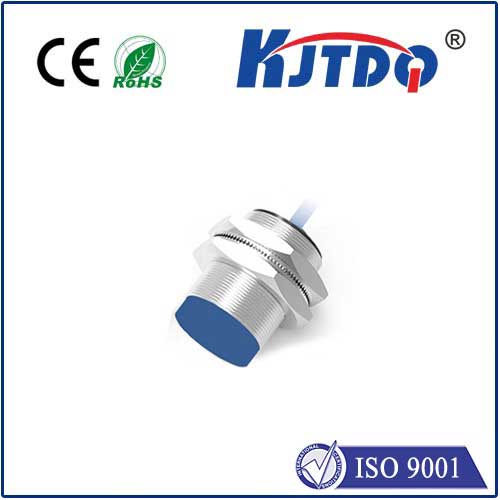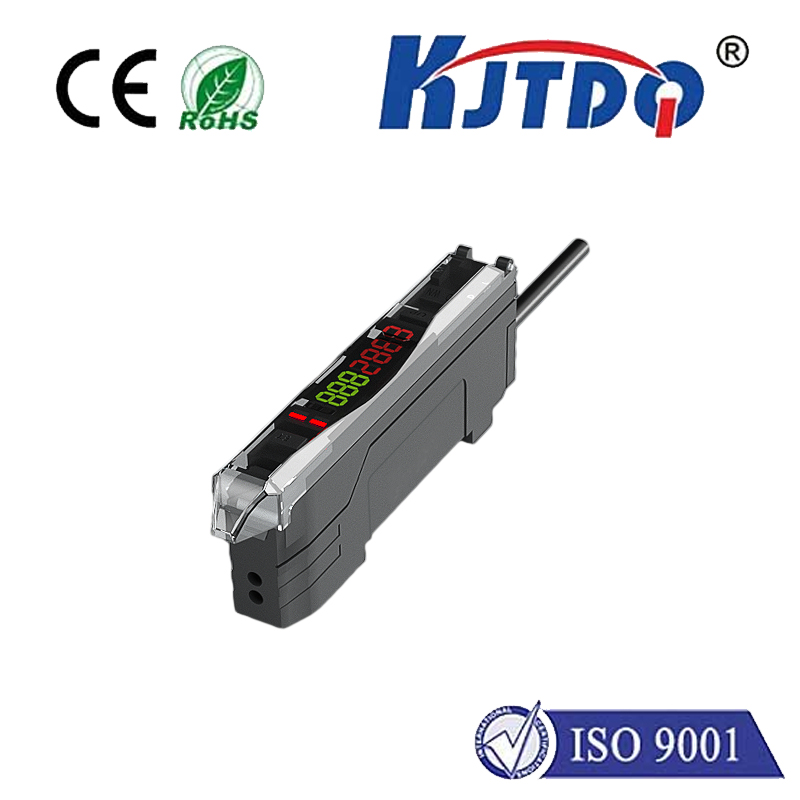

check

check

check

check

check

check

check

check

check

check
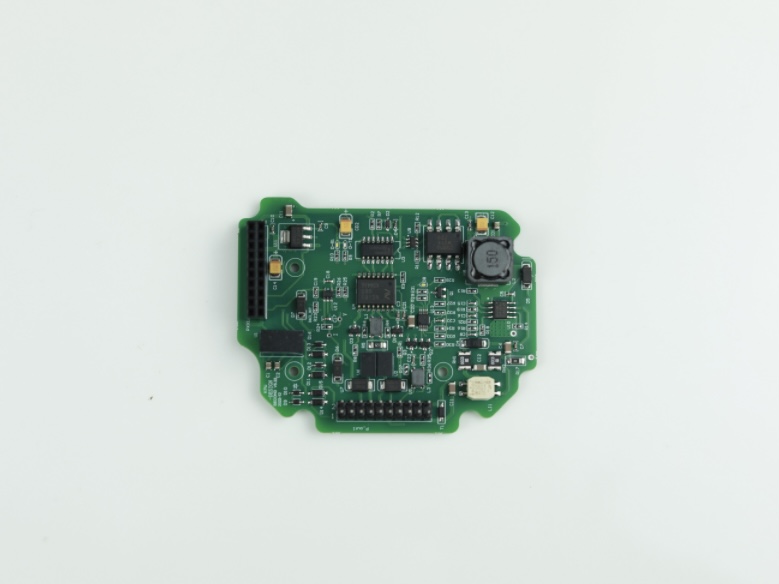
Generally speaking, laser ranging sensor wiring includes the following steps:
1. Prepare tools and materials: laser ranging sensor, signal wire, power wire, ground wire and other necessary tools and materials.
2. Connect the power cord: Correctly connect the power cord to the sensor's power port according to the instructions in the sensor manual. Make sure to provide the correct voltage and current to meet the sensor's requirements.
3. Connect the signal cable: According to the instructions in the sensor manual, correctly connect the signal cable to the signal port of the sensor. Signal lines generally use a three-wire system, which are signal lines, power lines and ground wires.
4. Connect the ground wire: The ground wire is used to ensure good grounding of the circuit. Connect the ground wire to the sensor's ground (GND) port.
5. Trigger input connection: If external trigger function is required, connect the appropriate trigger signal line to the trigger input port of the sensor according to the instructions in the sensor manual.
6. Communication interface connection: If the sensor supports communication with the computer or control system through the communication interface, connect the corresponding communication cable according to the instructions in the sensor manual.
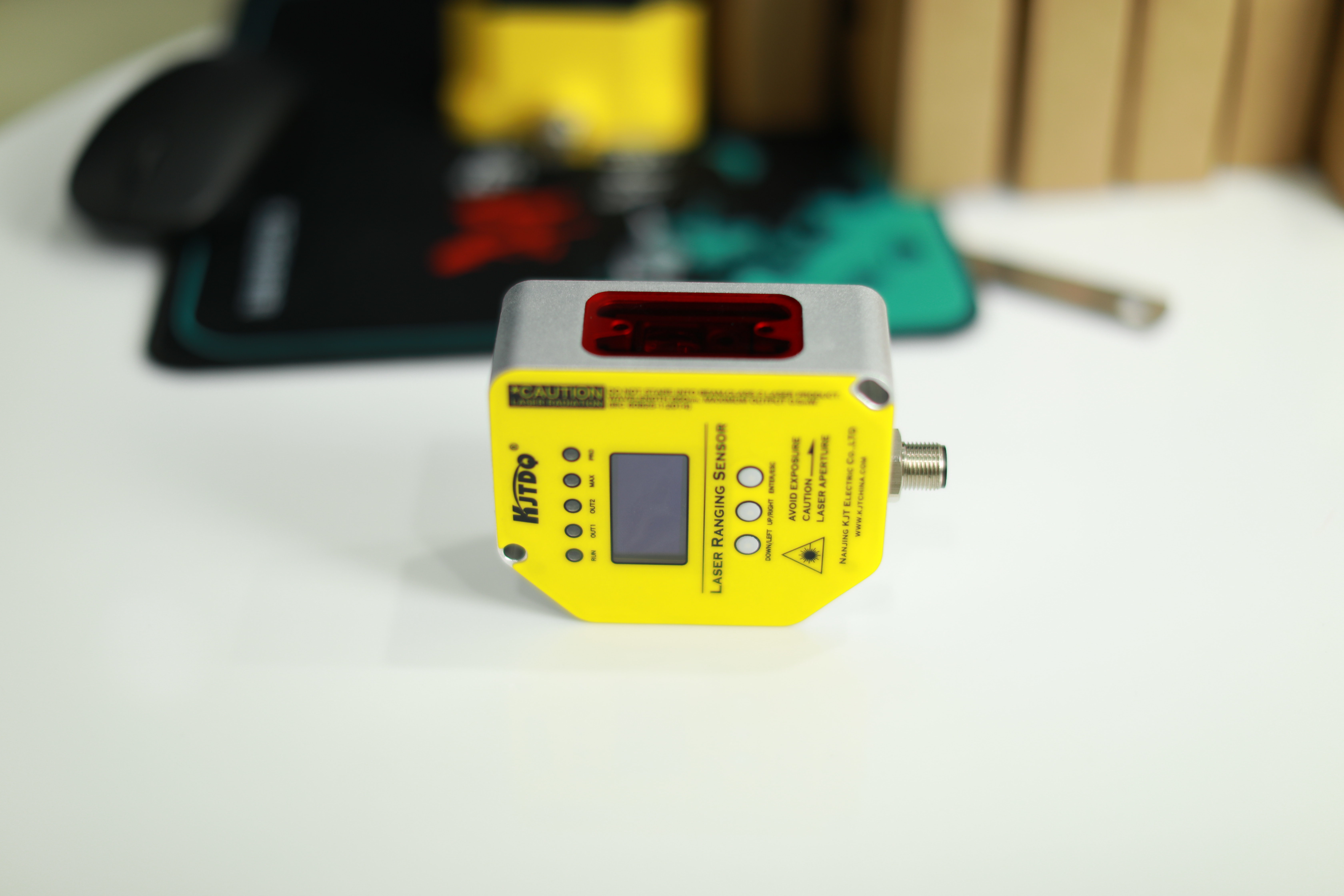
During the wiring process, please pay attention to the following points:
1. Before performing any wiring work, make sure to follow safety regulations and relevant electrical safety measures to prevent electric shock or other accidents. If you are not familiar with electrical connections, it is recommended to seek professional technical support or consult an engineer for help.
2. Make sure that the specifications and types of signal wires, power wires and ground wires used comply with the requirements in the sensor manual, and connect them correctly according to the instructions.
3. If you encounter problems during the wiring process, do not change the wiring or connection method at will. Stop the operation immediately and check the wiring diagram and manual, or contact the manufacturer's technical support team for help.
4. After the wiring is completed, be sure to check whether all connections are firm and correct, and test whether the sensor function is normal.
